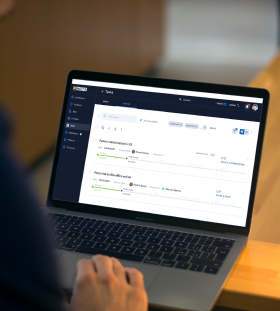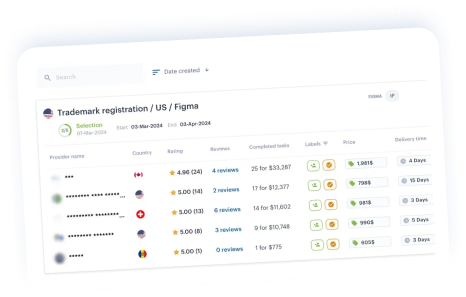Ação do Escritório de Patentes Respondendo
Durante o exame, você pode receber uma Ação de Escritório que pode incluir requisitos ou objeções. Não é um problema. O advogado analisará isso, elaborará uma estratégia e preparará uma resposta



Durante o exame, você pode receber uma Ação de Escritório que pode incluir requisitos ou objeções. Não é um problema. O advogado analisará isso, elaborará uma estratégia e preparará uma resposta







-
Um assistente de IP com tecnologia de IA que ajuda você a criar uma tarefa detalhada em minutos.
-
Seleção do advogado de patentes local mais adequado com base em critérios específicos.
-
Análise de ações de escritório, desenvolvimento de estratégia de resposta, preparação e arquivamento feitos por um advogado.
-
Monitoramento e relatórios on-line na plataforma durante todo o processo.

-

Mais de 800 escritórios de advocacia de PI de mais de 150 países, classificação e avaliações
-

Um assistente de PI com tecnologia de IA que ajuda a criar tarefas e encontrar advogados relevantes
-

Taxas fixas, pagamentos online seguros e rápidos com resultados garantidos
-

Acesso 24 horas por dia, 7 dias por semana ao processo de registro e armazenamento de dados online para todos os seus casos
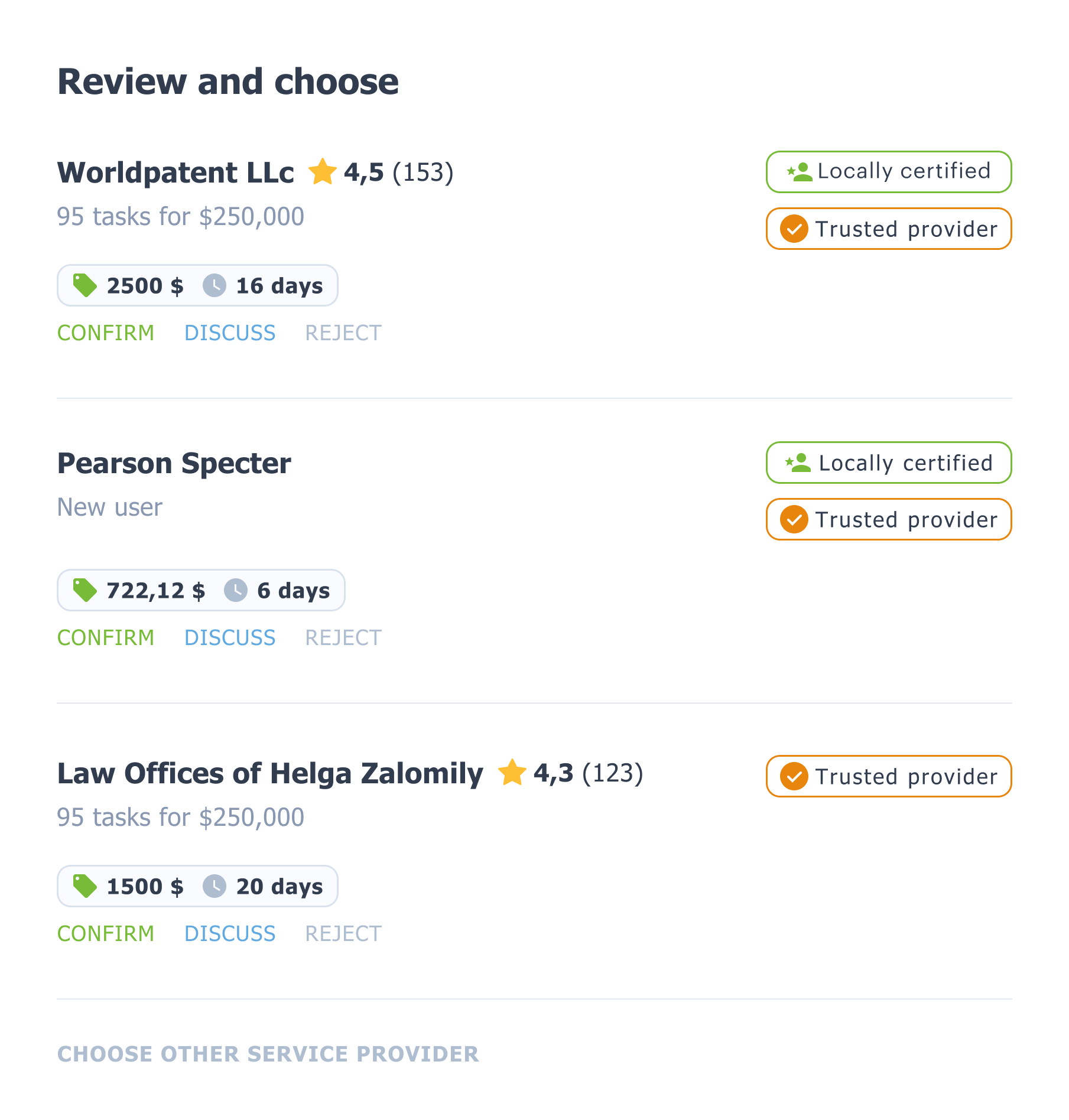







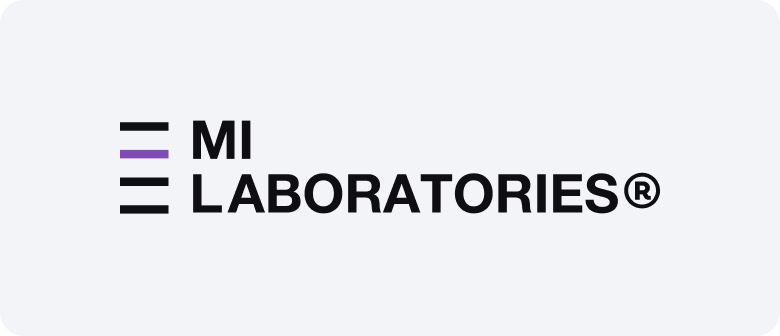

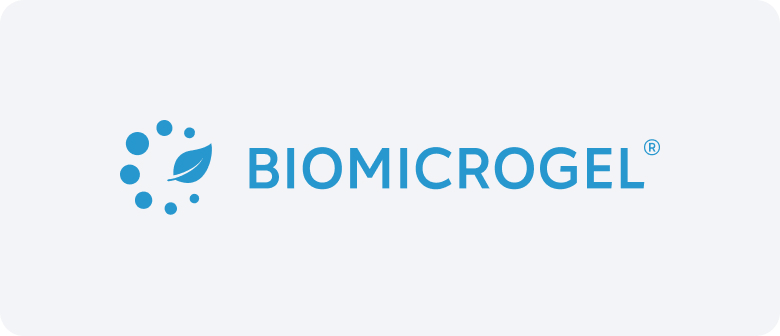
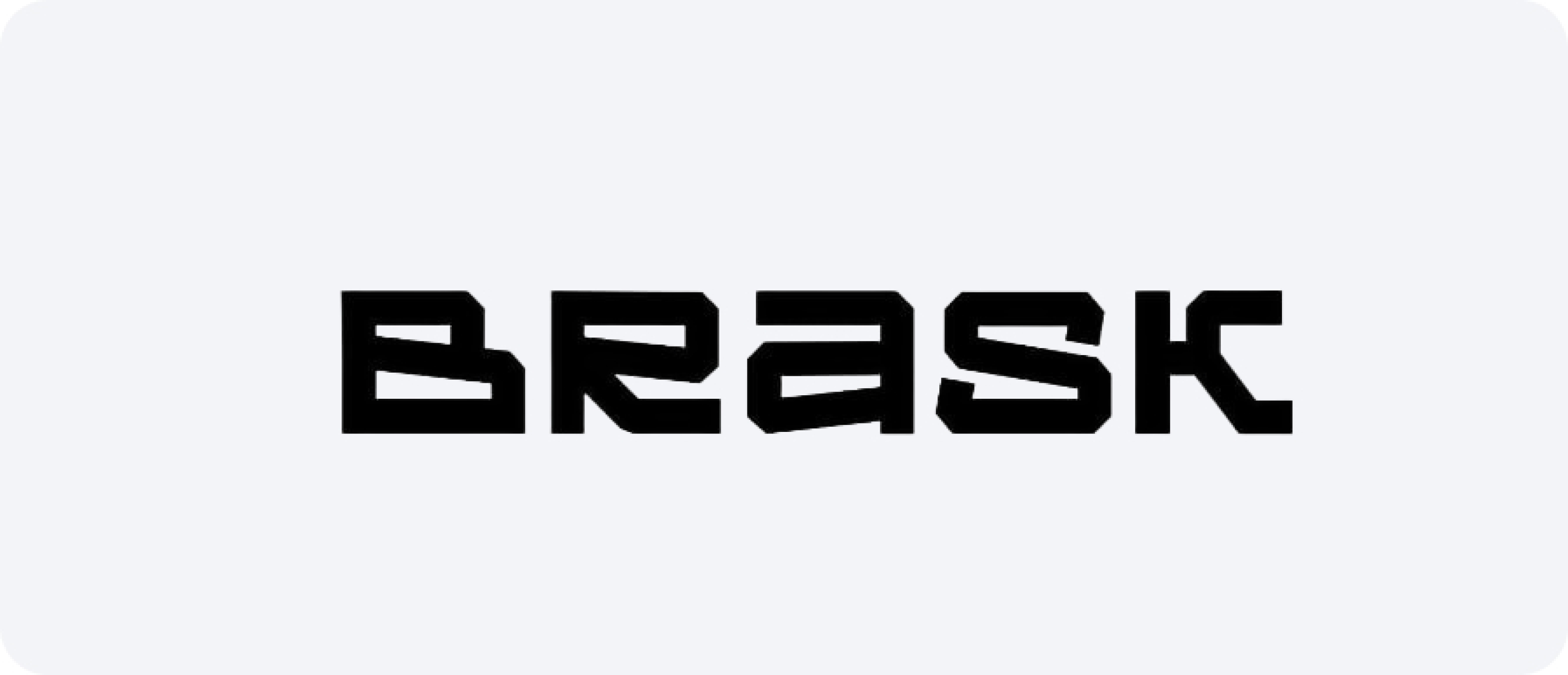




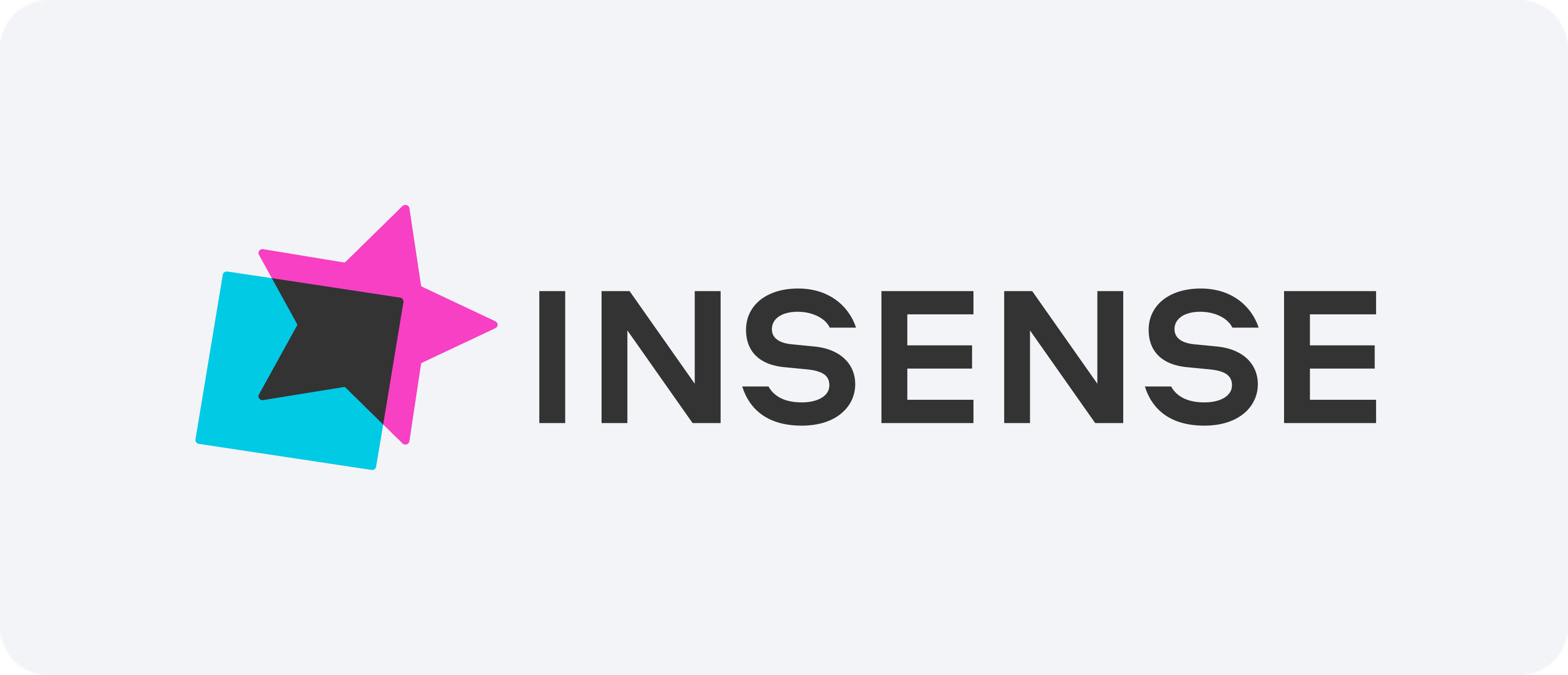

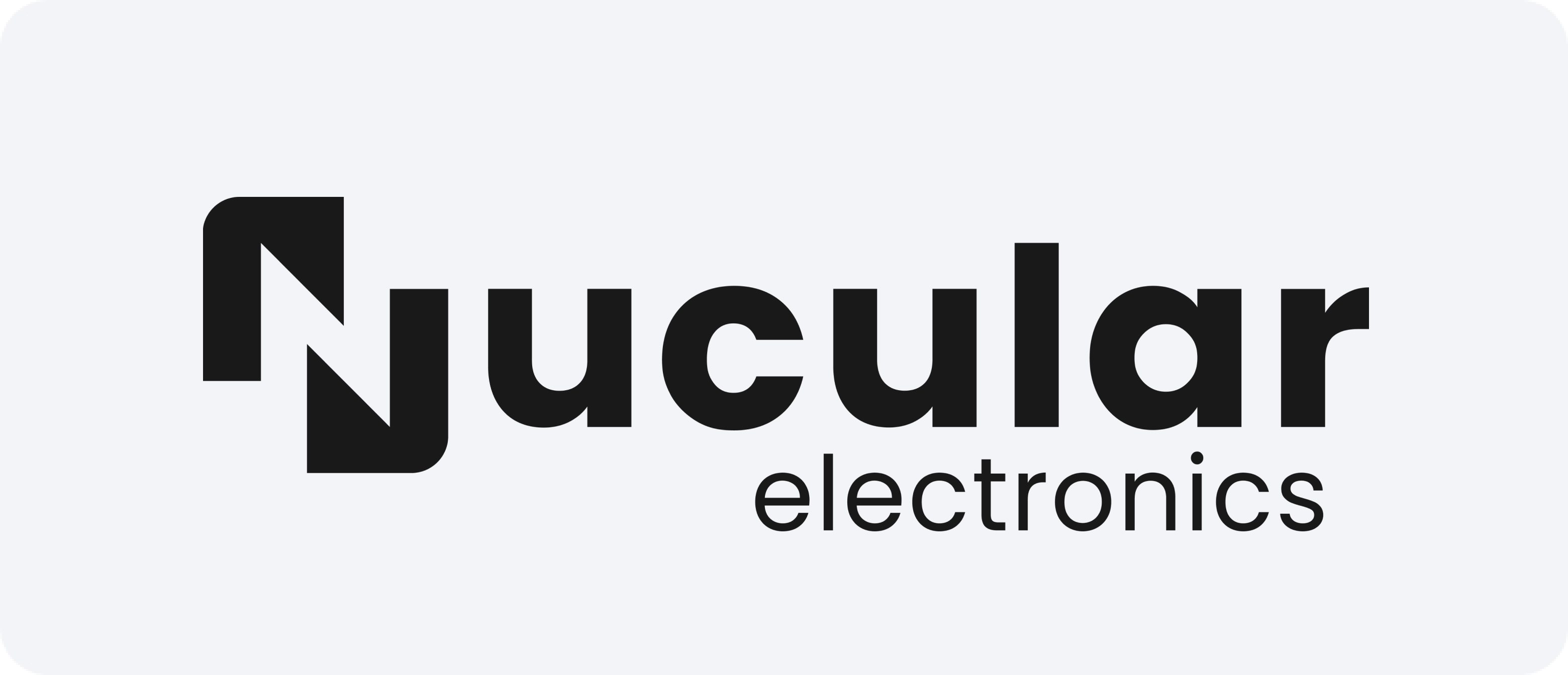






















Respostas a Ações do Escritório: Estratégias Eficazes para o Processo de Patentes em Todo o Mundo
Ao garantir a proteção de inovações globalmente, inventores e empresas frequentemente enfrentam a tarefa crucial de elaborar respostas a ações judiciais. Esses documentos desempenham um papel vital no processo de solicitação, determinando o destino dos pedidos em diferentes jurisdições. Cada autoridade de patentes tem sua própria abordagem para avaliar reivindicações, e entender como responder eficientemente a objeções ou rejeições é essencial para o sucesso em todo o mundo.
Uma reação bem preparada a uma notificação de exame pode aumentar significativamente as chances de concessão da invenção. Seja a objeção relacionada à novidade, à atividade inventiva, à clareza ou a questões formais, ter uma estratégia sólida e adaptada à jurisdição ajuda a evitar atrasos e custos desnecessários. Devido à variação das regras e práticas de exame, responder corretamente requer experiência, conhecimento técnico e familiaridade com procedimentos globais.
Elementos-chave para uma resposta bem-sucedida
Os candidatos devem analisar cuidadosamente as objeções do examinador e elaborar uma resposta que atenda aos requisitos legais e técnicos. A não observância dessa recomendação poderá resultar na rejeição ou abandono da inscrição.
Algumas questões comuns levantadas em avisos de exames incluem:
- Falta de novidade ou atividade inventiva
- Ambiguidade ou indefinição nas reivindicações
- Divulgação insuficiente na especificação
- Deficiências formais ou processuais
Cada tipo de objeção exige uma abordagem específica. Um procedimento eficaz de notificação de exame deve abordar as preocupações do examinador de forma clara, concisa e persuasiva. Os argumentos devem ser fundamentados em evidências, as alterações devem ser precisas e quaisquer alterações nas alegações devem estar em conformidade com as leis locais.
Navegando pelos procedimentos de avisos de exames ao redor do mundo
Os procedimentos para lidar com notificações de exame variam significativamente de um país para outro. Embora o objetivo permaneça o mesmo — obter uma patente concedida — o caminho para alcançá-lo depende fortemente das regras da autoridade local. Veja como as jurisdições ao redor do mundo geralmente diferem no tratamento de reações:
- Estados Unidos: O USPTO permite argumentação detalhada e alterações nas reivindicações. Prazos rigorosos se aplicam.
- Europa:O EPO segue um processo de exame estruturado, com ênfase particular na clareza e no suporte na descrição.
- Japão:O JPO se concentra em explicações técnicas detalhadas, muitas vezes exigindo profundo conhecimento de conceitos científicos ou de engenharia.
- China:O CNIPA prioriza a eficiência, mas impõe formalidade rigorosa e conformidade processual.
- Índia:O procedimento aqui requer atenção às etapas inventivas e às interpretações legais locais.
Respostas precisas e em tempo hábil ajudam a manter o ritmo do processo. Perder prazos ou apresentar argumentos fracos pode ter consequências significativas. Portanto, é essencial contratar profissionais com experiência em processos judiciais globais.
Etapas a serem seguidas ao preparar uma resposta de ação do escritório
Aqui está uma lista de verificação de ações que ajudam a otimizar o processo e melhorar o sucesso:
- Revise o aviso do exame cuidadosamente para entender o escopo das objeções do examinador.
- Prepare um rascunho abordando cada ponto de forma lógica e completa.
- Analise o escopo da reivindicação e decida se são necessárias alterações para superar as rejeições.
- Use documentos de suporte técnico ou desenhos para esclarecer alegações ou melhorar a compreensão.
- Consulte associados estrangeiros se estiver registrando em jurisdições desconhecidas.
- Acompanhe os prazos e os requisitos processuais, que podem variar significativamente entre os países.
- Registre a reação do aviso de exame em tempo hábil para evitar prorrogações ou abandono.
Conclusão
Responder eficazmente a notificações de exame é um componente crítico da estratégia internacional. Cada etapa exige revisão cuidadosa, conhecimento técnico e conhecimento processual. Ao desenvolver uma estratégia sólida de acesso aberto, inventores e empresas podem maximizar o valor de suas inovações e obter proteção global.
Dominar a arte de reagir à invenção pode transformar objeções em oportunidades. Seja lidando com o USPTO, EPO, JPO ou qualquer outra autoridade nacional, ter uma estratégia estruturada e informada garante processos mais tranquilos e ativos de PI mais fortes além das fronteiras.
